عنا
مرحبا هل يمكنني مساعدتك؟
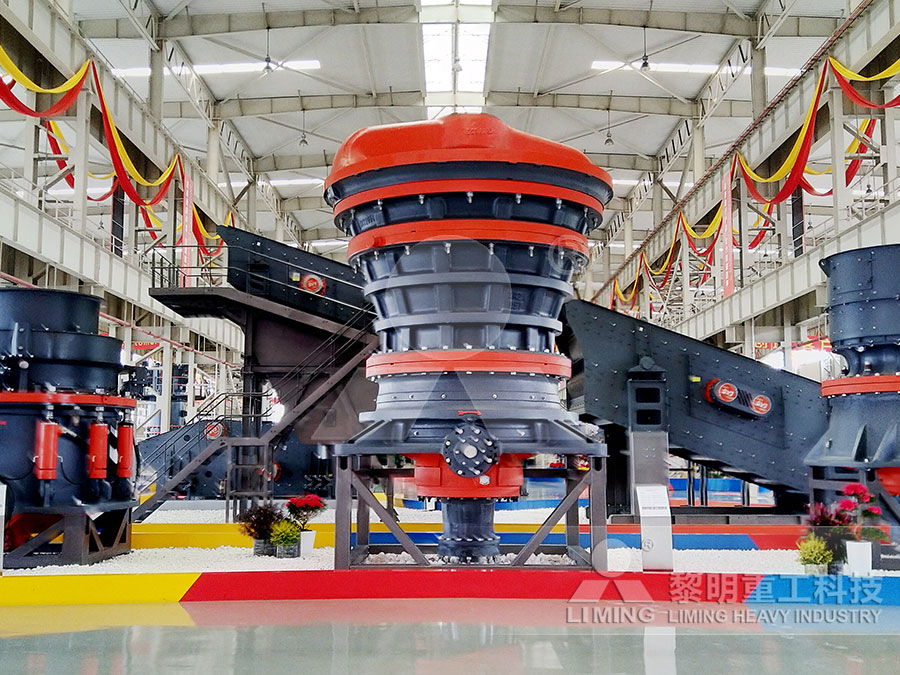
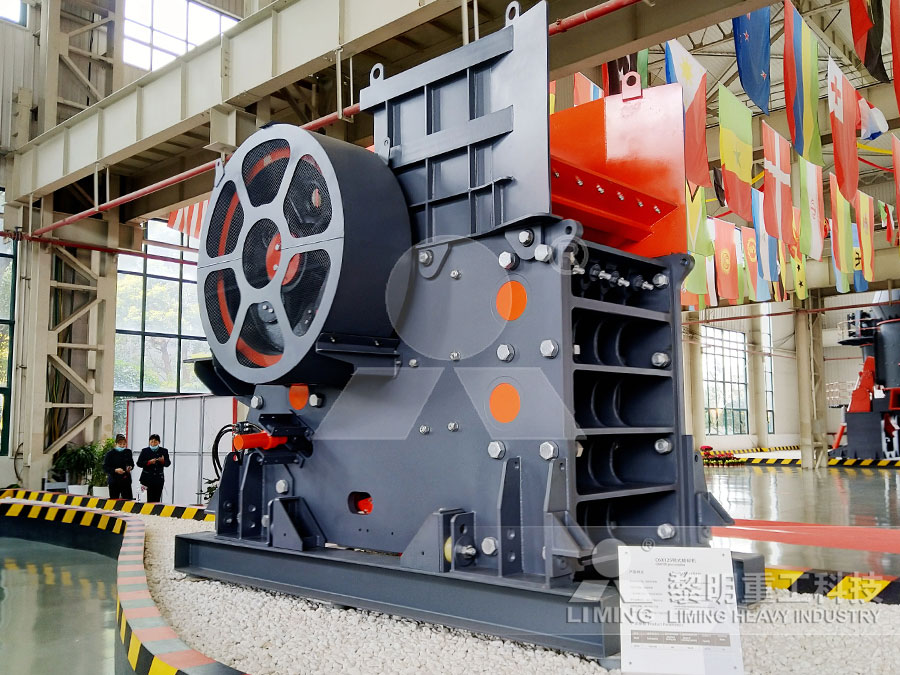
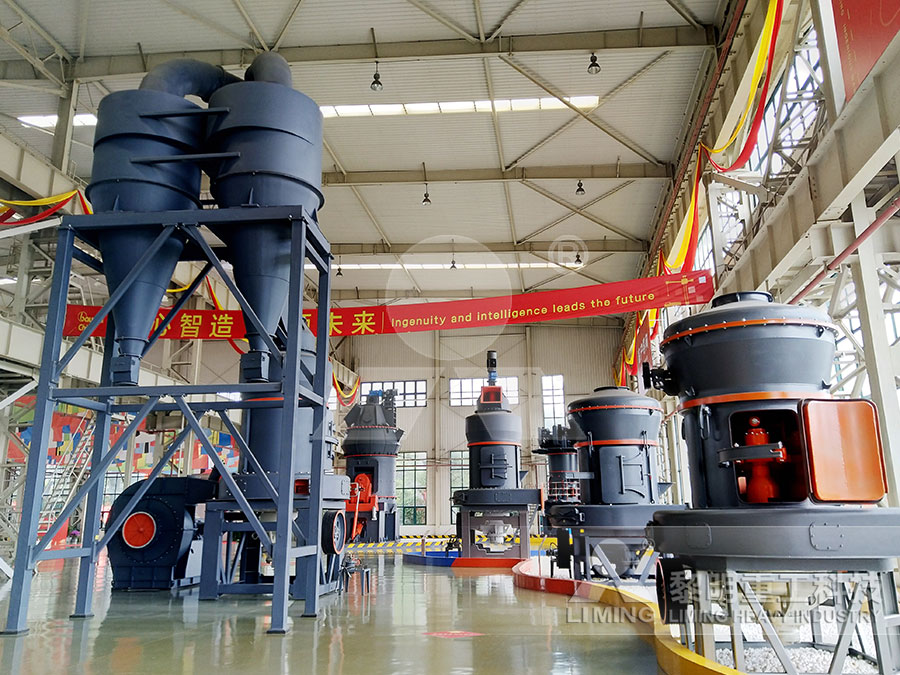
تأسست شركة Liming Heavy Industry في عام 1987 ، وتقع في منطقة Pudong الجديدة ، شنغهاي ، الصين ، وتغطي أكثر من 200000 متر مربع بما في ذلك العديد من الشركات التابعة. يتعلق العمل الرئيسي بالعديد من المجالات ، مثل تكسير المناجم ، وسحق المباني ، والطحن ، وصنع الرمل ، والتكسير المتنقل ، وما إلى ذلك. الكسارة ، الكسارة المخروطية الهيدروليكية عالية الكفاءة من سلسلة HPT ، المطحنة الأوروبية شبه المنحرفة MTW ، المطحنة العمودية LM ، المطحنة الأسطوانية العمودية فائقة الدقة من سلسلة LUM ، الكسارة الصدمية ذات المحور الرأسي VSI5X ، ومعدات نظام VU.
يجلب Liming عددًا كبيرًا من المواهب الذكية والإبداعية معًا الذين يقدمون منتجات مبتكرة باستمرار. أخذت الشركة زمام المبادرة في الحصول على شهادة نظام الجودة الدولية ISO9001: 200 ، وشهادة الاتحاد الأوروبي CE وشهادة GOST الروسية ، وقد حصلت على 106 براءة اختراع وطنية بما في ذلك 4 براءات اختراع ، و 12 براءة اختراع تصميم و 90 براءة اختراع لنماذج المنفعة حتى الآن. إلى جانب ذلك ، هناك العديد من الجوائز مثل جوائز العلوم والتكنولوجيا في صناعة الآلات الصينية ، وجوائز الإنجاز العلمي والتكنولوجي في المقاطعات ، والمنتجات الصناعية الموفرة للطاقة في قائمة شرف ليمينغ.
من أول جهاز خروج تم تركيبه وتصحيحه بنجاح في كازاخستان إلى أول خط ذكي لتصنيع الرمل يعمل بسلاسة في المملكة العربية السعودية ، قدمت Liming خدماتها لـ 140 دولة ومنطقة ، مثل روسيا وكازاخستان وأذربيجان وتركيا والكويت وجنوب إفريقيا ومصر ، لا يمكن تجاهل فيتنام وماليزيا والهند وأستراليا وكوريا وكندا والاتحاد الأوروبي ، وما إلى ذلك ، وقوة الشركة في آلات التعدين العالمية بعد الآن.
رسالة عبر الإنترنت
مرحبا هل يمكنني مساعدتك؟
workpiece velocity in grinding process
2022-04-15T17:04:03+00:00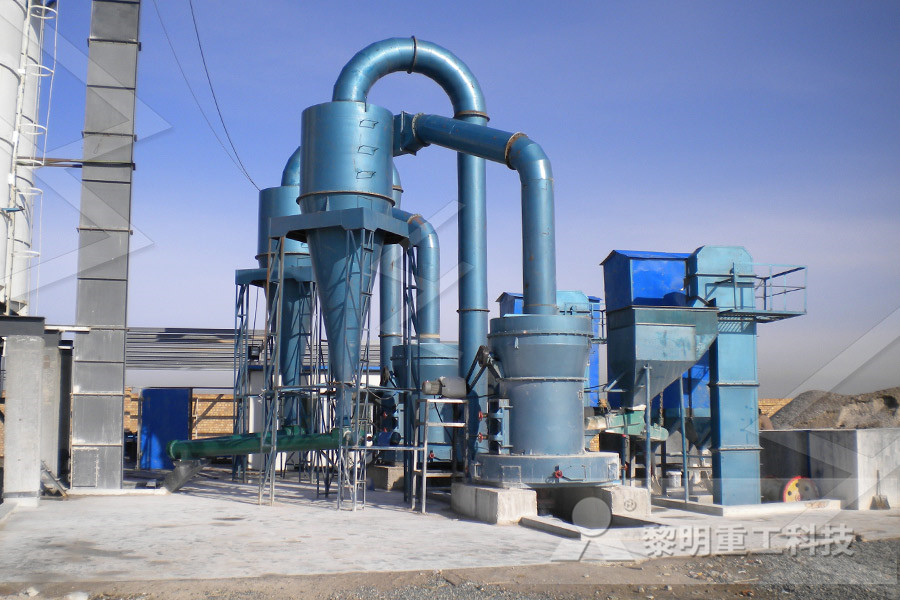
A study on the surface grinding process of the SUJ2
The optimum values of input parameters were the workpiece velocity of 15 m/min, the feed rate of 4 mm/stroke, and cutting depth of 0015 mm DEAR method can be applied to improve the quality and the effectiveness of the grinding process by reducing the surface roughness and system vibration components and increasing the material removal rateA study on the surface grinding process of the SUJ2 steel Dec 10, 2020The optimum values of input parameters were the workpiece velocity of 15 m/min, the feed rate of 4 mm/stroke, and cutting depth of 0015 mm DEAR method can be applied to improve the quality and the effectiveness of the grinding process by reducing the surface roughness and system vibration components and increasing the workpiece of grinding process netwerkoostkampbe A Effect of Workpiece Velocity 5 workpiece velocities, which are common in performing a grinding process [3], [10], were used: 002, 005, 013, 026, 04 m/s It was assumed that the depth of cut and grinding environment are the same for these different workpiece velocities Therefore, depth of cut equal to 002 mm andTemperature and Residual Stress Field During Grinding
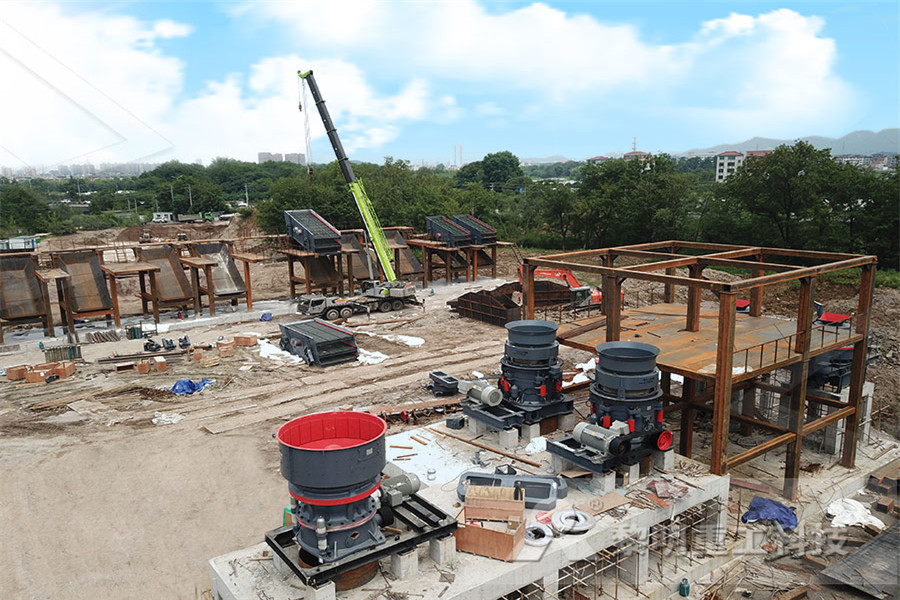
Analysis and modeling of workpieces’ kinematic in the
The dependence of the angular velocity of rotation of the workpiece on its current coordinates measured from the touch point of the grinding wheels along its path of motion ω 1 = f(q o) (or from the time ω 1 = f(τ)) are called characteristic of rotation (RC), where q o is the relative coordinate of the position of the workpiece in the Grinding and workpiece speeds are the same used in the previous tests A total specific ground volume (V 0 w ) of 425 mm 3 /mm was removed in each ground partThe test setup (Fig 3) had an excitation system composed of an electrodynamic shaker and its amplifier The shaker is linked to the workpiece by a shaft, bearing housing and bearing (PDF) Experimental analysis of wheel/workpiece hardness in process of grinding 38MnVS6 steel with CBN grinding wheel They reached the following conclusions: Cutting speed is the parameter that has the most influence on the surface hardness, followed by the extent of the influence of the workpiece velocity and grinding time until nonsparking Meanwhile, the feedOverview On The Influence Of Parameters On The Surface
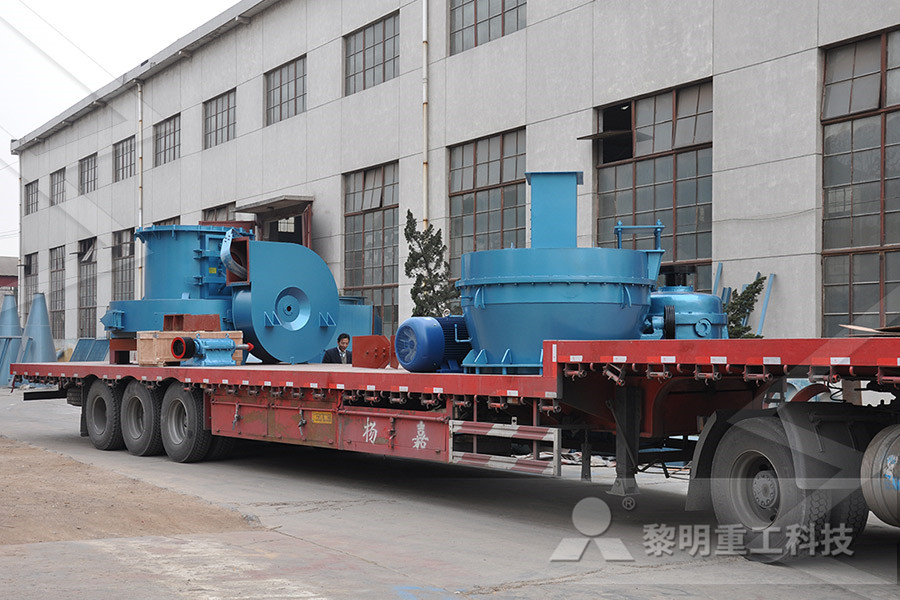
The great grinding divide Cutting Tool Engineering
The second reason is a lack of understanding about the grinding process The outputs were the ratio of wheel velocity to workpiece velocity to see if an integer value was found, along with a rough estimate of the waviness based on wheel runout using superimposed sine waves on the workpiece The company was then able to use this to avoid The grinding process is a geometrical undefined cutting process due to the undefined number and geometry of cutting edges interacting with the workpiece The load on the workpiece as well as the load on the grinding wheel is a result of the programmed actuated variables, the cutting tool properties, and the workpiece propertiesGrinding Parameters SpringerLink The geometry of the wheel–workpiece contact in a downgrinding process is shown in Fig 1The grinding zone is the region of length l (= Dd) and width b (into the page) over which the wheel contacts the workpiece The heat sources during grinding are from three locations: the abrasive grain/workpiece interface; the abrasive grain/chip interface; and the shear plane between the A thermal model of the wet grinding process
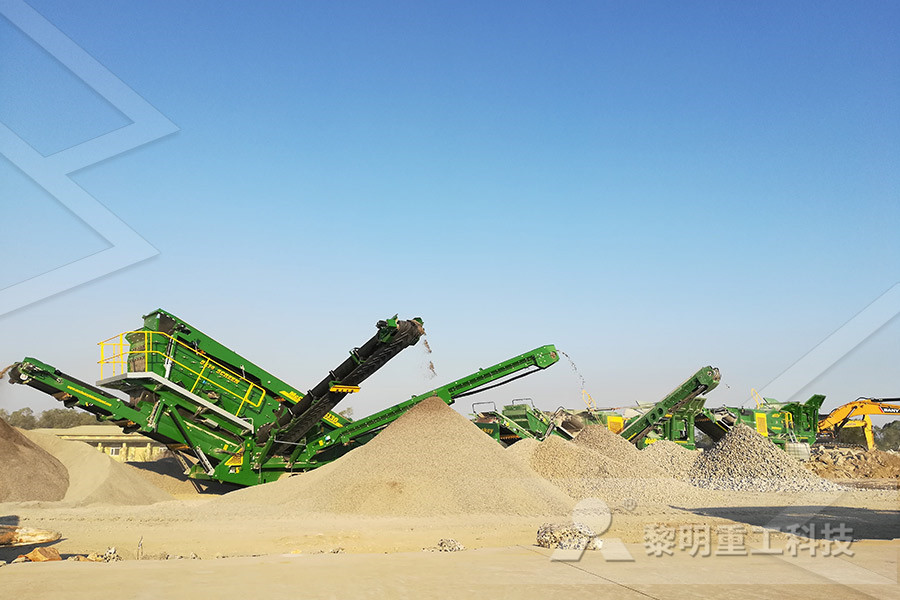
Chapter 28: Abrasive Machining Processes
281 Introduction Abrasive machining is the process of using abrasive grit to remove material at high cutting speed and shallow depths of penetration The abrasive particles may be (1) free; (2) mounted in resin on a belt (called coated product); or, most commonly (3) close packed into wheels or stones, with abrasive grits held together by bonding material (called bonded productThe optimum values of input parameters were the workpiece velocity of 15 m/min, the feed rate of 4 mm/stroke, and cutting depth of 0015 mm DEAR method can be applied to improve the quality and the effectiveness of the grinding process by reducing the surface roughness and system vibration components and increasing the material removal rateA study on the surface grinding process of the SUJ2 Grinding and workpiece speeds are the same used in the previous tests A total specific ground volume (V 0 w ) of 425 mm 3 /mm was removed in each ground partThe test setup (Fig 3) had an excitation system composed of an electrodynamic shaker and its amplifier The shaker is linked to the workpiece by a shaft, bearing housing and bearing (PDF) Experimental analysis of wheel/workpiece
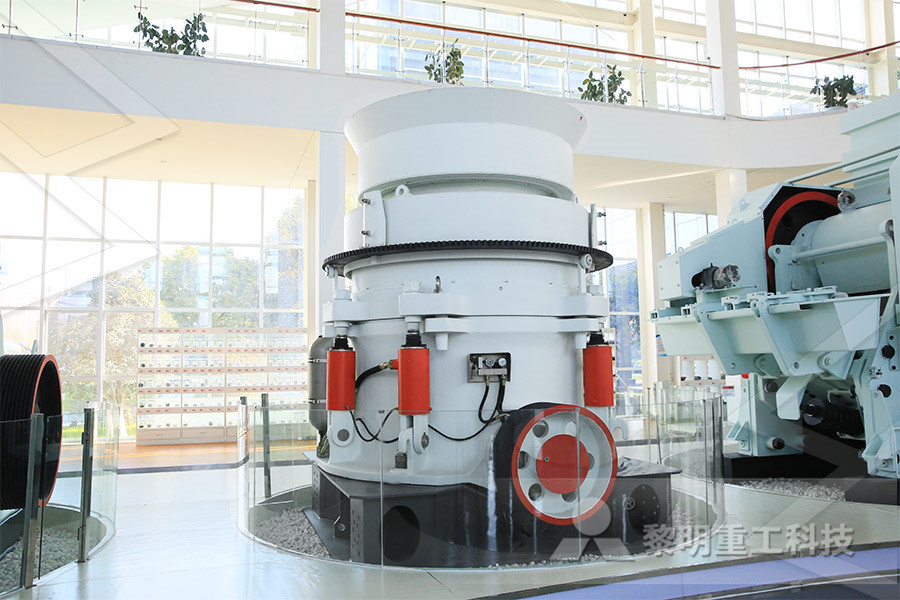
Energy Partitio ton the Workpiece S Kohli for Grinding
During testing, a grinding fluid consisting of a 5 percent so lution of heavy duty soluble oil in water was applied The wheel velocity was vs = 30 m/s, the nominal workpiece velocity vw = 86 m/min, and the wheel depth of cut a = 0025 mm The actual workpiece velocity was obtained by measuring theThe grinding process is a geometrical undefined cutting process due to the undefined number and geometry of cutting edges interacting with the workpiece The load on the workpiece as well as the load on the grinding wheel is a result of the programmed actuated variables, the cutting tool properties, and the workpiece propertiesGrinding Parameters SpringerLink hardness in process of grinding 38MnVS6 steel with CBN grinding wheel They reached the following conclusions: Cutting speed is the parameter that has the most influence on the surface hardness, followed by the extent of the influence of the workpiece velocity and grinding time until nonsparking Meanwhile, the feedOverview On The Influence Of Parameters On The Surface
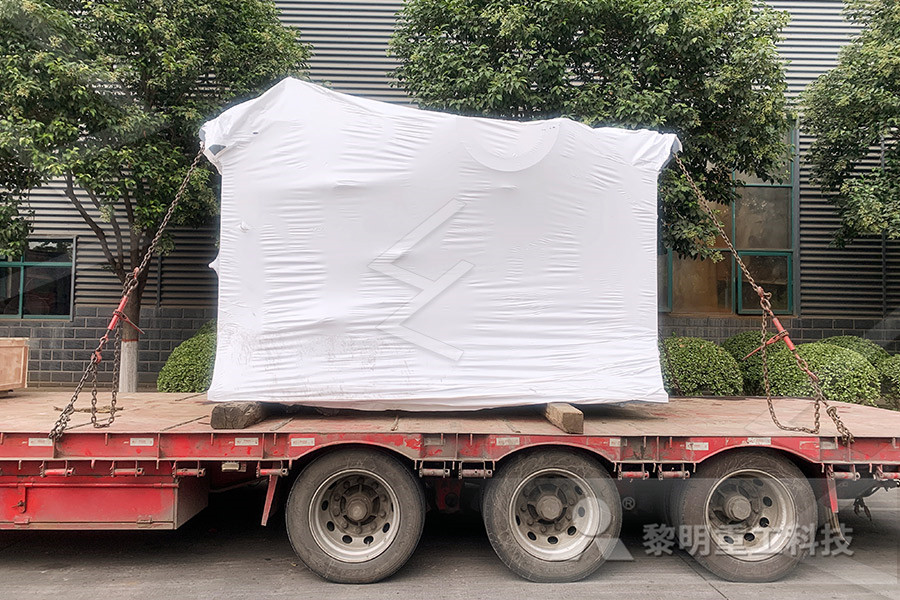
SystematicMonitoringandEvaluatingtheWearofAluminaWheel
the workpiece velocity and the length of contact arc Brinksmeieretal[13]developedamonitoringsystemwith infrared radiation to monitor the grinding zone tempera 32 Monitoring the Wear Process of the Grinding Wheel With the increase of the material removal, the abrasiveThe paper presents an experimental study on the relationship between process parameters and residual stresses in cylindrical grinding In particular, the influence of the depth of cut (a) and the peripheral velocity of the workpiece v w was investigatedResidual stresses were found to depend on both parameters, but the effect of the peripherial velocity depends on the grinding conditionsProcess Parameters and Residual Stresses in grinding energy (u) of 35 Ws/mm3 • The grinding wheel rotates at 3600 rpm, has a diameter (D) of 150 mm, thickness (b) of 25 mm, and (c) 5 grains per mm2 The motor has a power of 2 kW • The work piece moves (v) at 15 m/min The chip thickness ratio (r) is 10 • Determine the grinding force and force per grain • Determine the Grinding and Finishing IIT Bombay
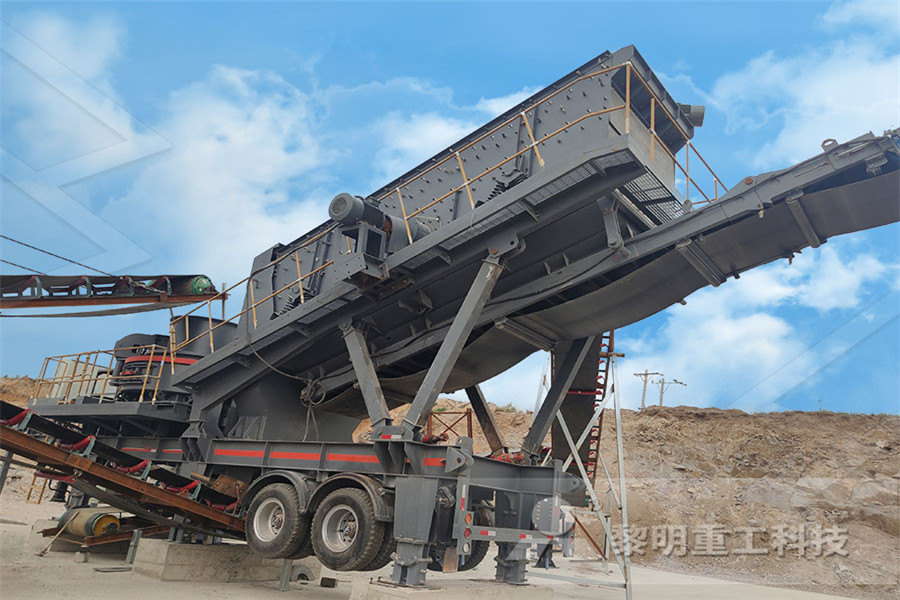
abrasive machining processes IIT Kanpur
Variation of critical depth of cut with grinding velocity Grinding is a combination of rubbing, ploughing and cutting (actual chip formation) A certain level of grit penetration into workpiece is required before chip formation can start Magnitude of critical grit depth of cut required to initiate cutting becomes less with the increase of 281 Introduction Abrasive machining is the process of using abrasive grit to remove material at high cutting speed and shallow depths of penetration The abrasive particles may be (1) free; (2) mounted in resin on a belt (called coated product); or, most commonly (3) close packed into wheels or stones, with abrasive grits held together by bonding material (called bonded productChapter 28: Abrasive Machining ProcessesThe optimum values of input parameters were the workpiece velocity of 15 m/min, the feed rate of 4 mm/stroke, and cutting depth of 0015 mm DEAR method can be applied to improve the quality and the effectiveness of the grinding process by reducing the surface roughness and system vibration components and increasing the material removal rateA study on the surface grinding process of the SUJ2
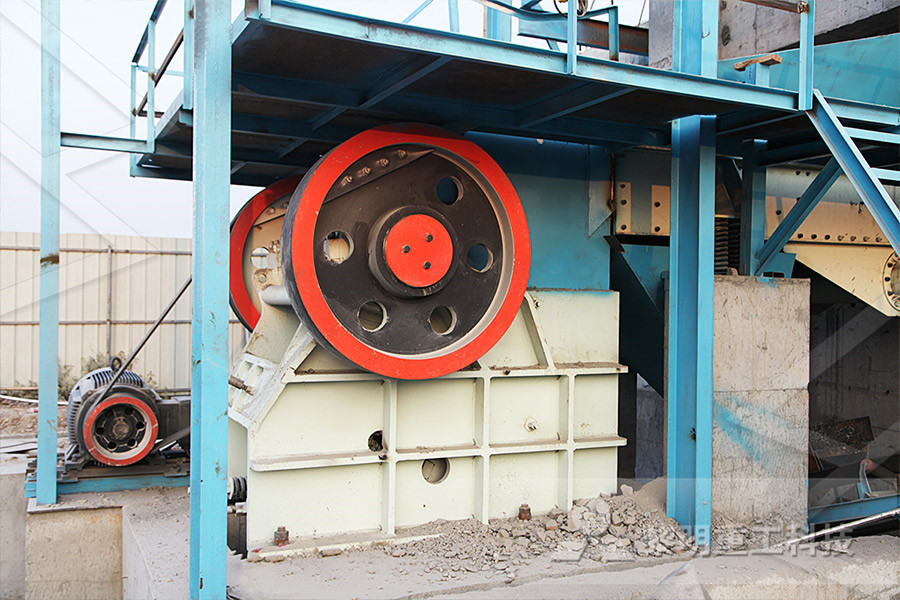
Temperature and Residual Stress Field During Grinding
A Effect of Workpiece Velocity 5 workpiece velocities, which are common in performing a grinding process [3], [10], were used: 002, 005, 013, 026, 04 m/s It was assumed that the depth of cut and grinding environment are the same for these different workpiece velocities Therefore, depth of cut equal to 002 mm andIn a certain grinding process , the wheel speed is u, workpiece velocity is v, the diameter of the wheel is D The infeed and crossfeed is ab respectivelyIn a certain grinding process , the wheel speed is u the potential of the grinding process by using workpiece velocities vw = 30 m/min, without generating high process forces Consequently, this maximum workpiece velocity is used for the following investigations to enlarge the material removal rate, which can be calculated as Qw =a,e ttl ⋅ap ⋅vw, (3)High Performance Surface Peel Grinding With
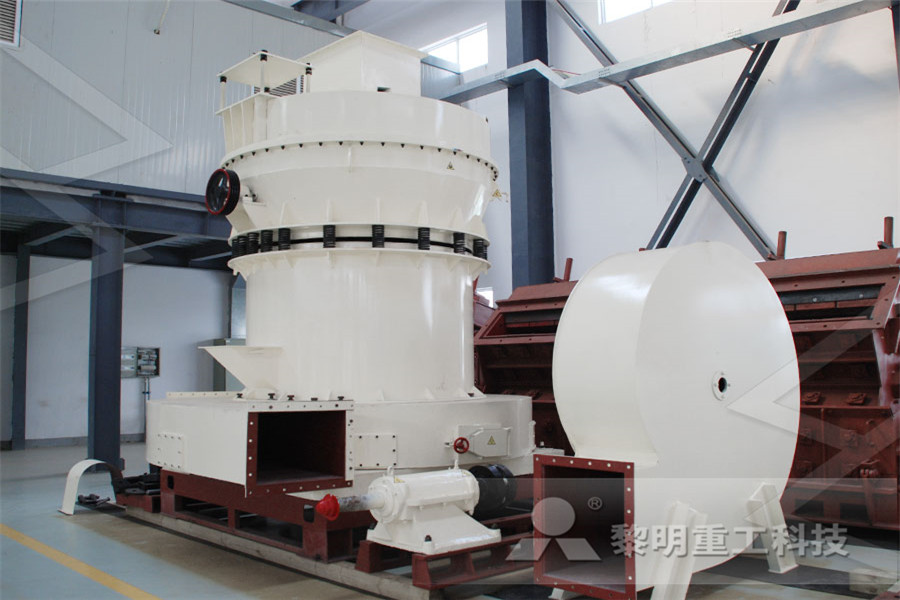
(PDF) Experimental analysis of wheel/workpiece
Grinding and workpiece speeds are the same used in the previous tests A total specific ground volume (V 0 w ) of 425 mm 3 /mm was removed in each ground partThe test setup (Fig 3) had an excitation system composed of an electrodynamic shaker and its amplifier The shaker is linked to the workpiece by a shaft, bearing housing and bearing Grinding is a combination of rubbing, ploughing and cutting (actual chip formation with contribution of each being highly governed by grit geometry, work material characteristics, grinding loop stiffness and the grinding velocity The various stages of grinding and grinding force with grit depth of cut is shown in Figure 6CHAPTER 1 INTRODUCTION TO GRINDINGFor grinding processes the actuated variables (eg, cutting speed, feed velocity) and the system variables (eg, grinding tool properties) have to be distinguished from the grinding parameters The grinding parameters depend on the actuated and system variables and allow a good correlation to the process forces, process temperatures, surface Grinding Parameters SpringerLink
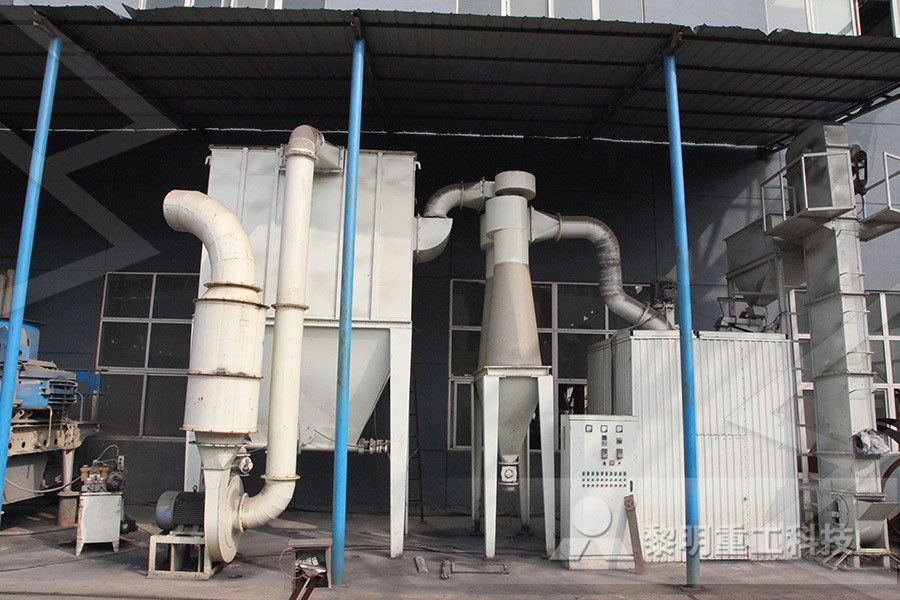
Optimization of parameters in cylindrical and surface
The relationship between process parameters and residual stresses was presented It was concluded that in ‘easy to grind’ conditions, an increase in workpiece velocity leads to an increase in residual stresses, but in ‘difficult to grind’ conditions an increase in workpiece velocity results in Centerless Grinding Obtaining consistent and quality results from the Centerless Grinding Process, need knowledge of the basic fundamentalMost application difficulties associated with Centerless Grinding arise from a confusion of the basicsThis is why knowing how the Centerless Process works and how to use it get most of it in your shopWhat is Centerless Grinding ? Centerless Grinding 281 Introduction Abrasive machining is the process of using abrasive grit to remove material at high cutting speed and shallow depths of penetration The abrasive particles may be (1) free; (2) mounted in resin on a belt (called coated product); or, most commonly (3) close packed into wheels or stones, with abrasive grits held together by bonding material (called bonded productChapter 28: Abrasive Machining Processes
